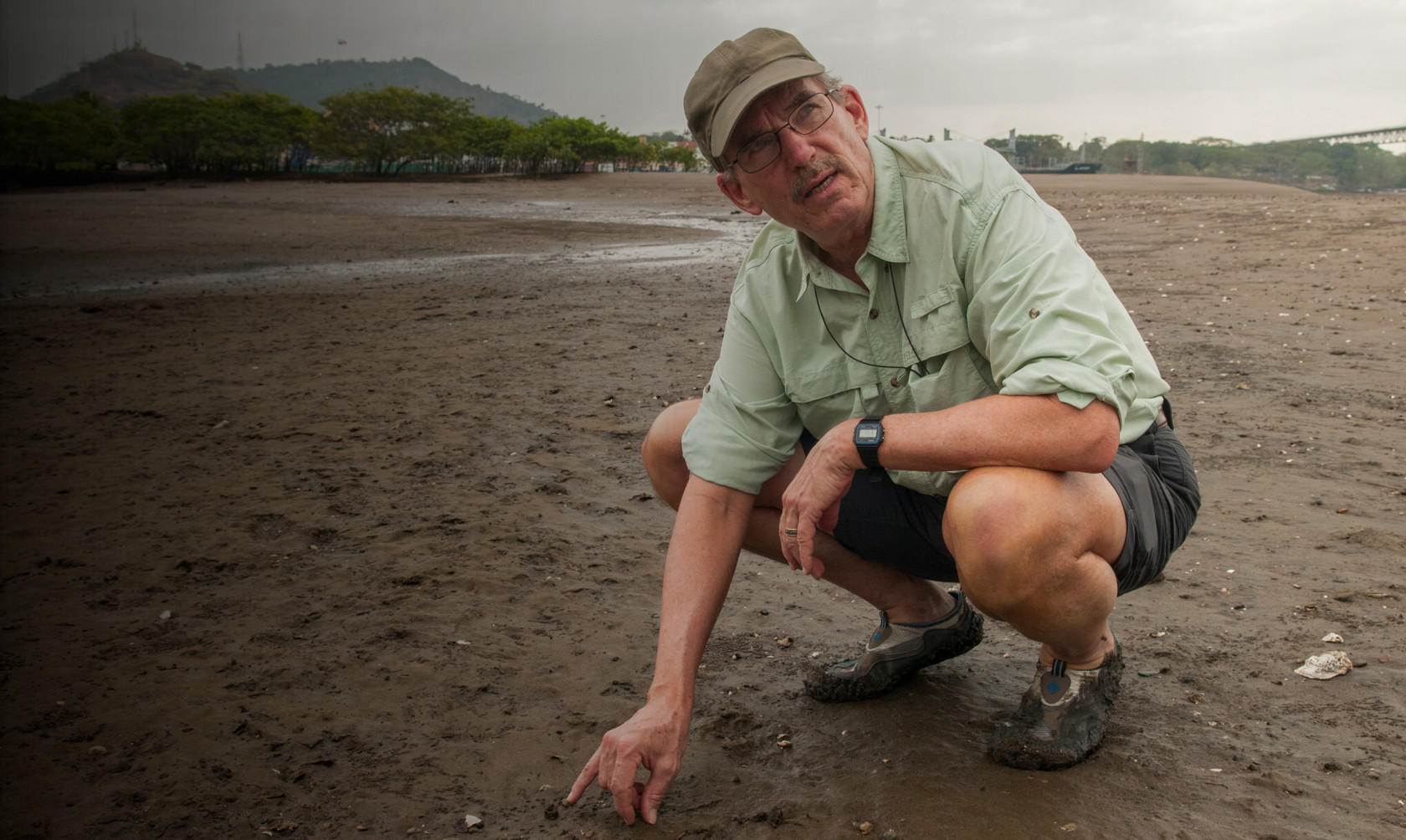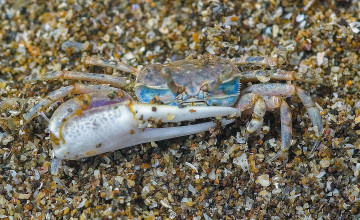
Projects and Stories
Research Focus
I study adaptation with a focus on reproduction. Sexual selection: How and why do animals compete for and choose mates? I study the social and ecological interactions that select for the most diverse and striking features of animals, from exaggerated weapons to flamboyant courtship signals and displays. Reproductive ecology: Why do most intertidal animals have reproductive cycles that track the tides? I describe these cycles and conduct experiments and comparative studies to understand the adaptive significance of the timing of reproduction by marine invertebrates.
Please note: I no longer accept interns or short-term fellows. I will consider co-advising advanced pre-doctoral and post-doctoral fellows who are able to work independently.
Contact
Research Overview
How do you design a beautiful weapon?
"A male fiddler crab's single large claw should be both long and lightweight for attracting a mate but short and stout for fighting. These seemingly incompatible designs can co-exist when evolution favors novel compensatory features that ameliorate negative tradeoffs, thereby supporting the simultaneous dual function of the claw."
What is the philosophical and biological basis of our understanding of evolution?
Biology and philosophy – Our thinking about and expectation for adaptations depend critically on our understanding of the nature of teleology in evolution. Humans use rational thought to plan ahead. When our goal is to make an object that performs a certain task we follow plans that specify the processes and steps necessary to construct the object that so that it performs in the desired manner. When we think about evolution we often are tempted to say that a trait of an organism evolves to perform a certain function. But this is wrong: adaptive function is a consequence not a goal of evolution. Such faulty reasoning has become very common in studies of mate choice that claim male traits evolve to reveal male “quality” or some other feature to potential mates. I am exploring the philosophical and biological basis of this error, its ramifications in both empirical and theoretical studies in the field, and how to correct it.
Questions related to adaptation and design:
How are morphological and behavioral traits shaped by multiple modes of natural and sexual selection? How does the phenotype respond to countervailing selection from two or more processes? What social and ecological factors facilitate trait exaggeration? How are costs kept in check as traits become exaggerated under sexual selection? Under what circumstances do the traits males use to court females during mating become exaggerated? Do morphological specializations for feeding reduce or expand the kinds of foods animals consume? How does the timing of reproduction respond to short-term changes in temperature and tidal patterns and how will these responses determine long-term success as the global climate changes?
Education
B.A., Lewis and Clark College, 1970.
Ph.D., Cornell University, 1980.
Selected Publications
Dennenmoser, S. and J. H. Christy. 2012. The design of a beautiful weapon: compensation for opposing sexual selection on a trait with two functions. Evolution 67:1181-1188
Christy, J. H., P. R. Y. Backwell, S. Goshima and T. Kreuter. 2002. Sexual selection for structure building by courting male fiddler crabs: an experimental study of behavioral mechanisms. Behav. Ecol. 13:366-374
Christy, J. H. 1995. Mimicry, mate choice and the sensory trap hypothesis. Am. Nat. 146:171-181.
Christy, J. H. and M. Salmon. 1984. Ecology and evolution of mating systems of fiddler crabs (genus Uca). Biol. Rev. 59:483-509.

